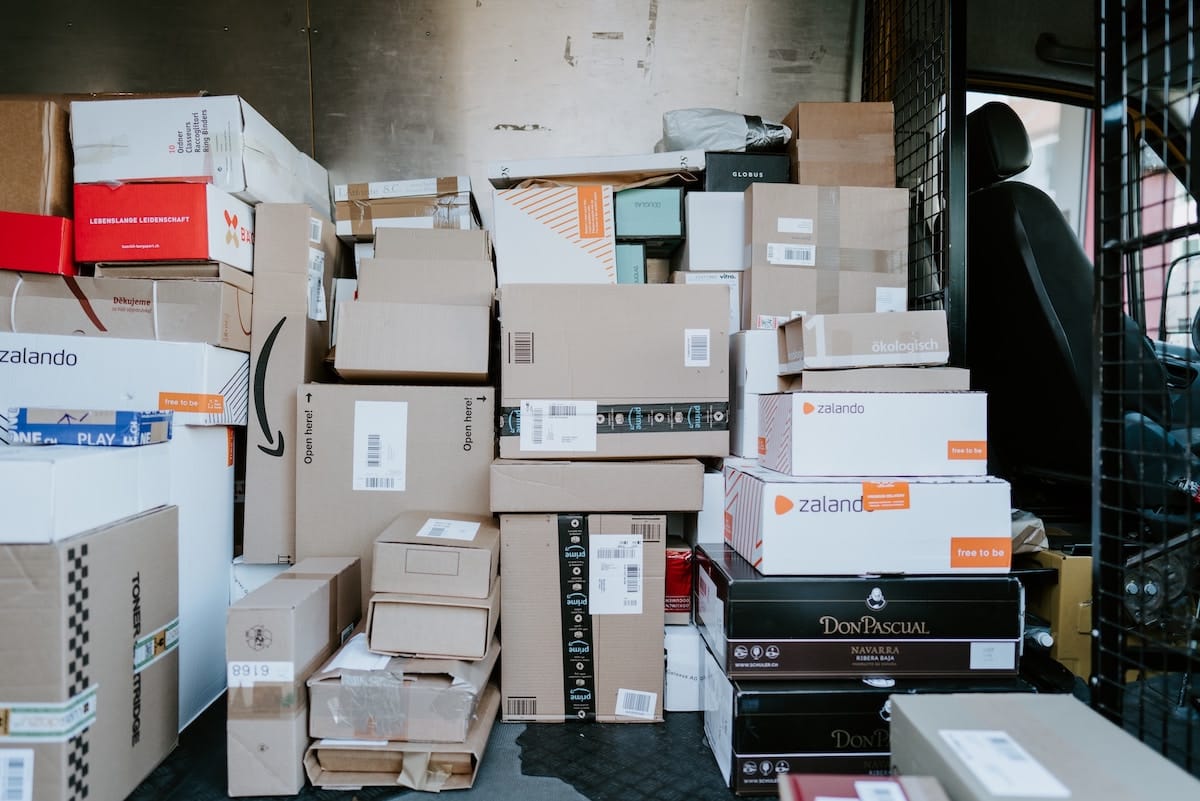Table of Contents
Home delivery of goods has gained popularity in recent years. Online shopping and home delivery of parcels are quite beneficial for consumers but it harms environmental pollution by increasing carbon dioxide and black carbon in the air and piling up waste materials. A recent study shows that almost 1/3rd of the total waste generated in the USA comes from the packaging of parcels.
This is quite an alarming statistic, which has forced environmental protection organizations to develop strategies to control it. An immediate solution is sustainable shipping for greener parcel delivery with an efficient tracking system. One of the most important aspects of the greener parcel delivery mechanism is eco-friendly packaging.
What is Eco-friendly Packaging?
In simple words, eco-friendly packaging means using those types of packaging materials, which create minimum or ideally no environmental pollution. Over the years, we have been using plastic-based packaging materials but unfortunately, it has proved fatal. Plastic may take around 500 years to decompose; hence creating huge environmental issues.
Packaging materials that are easily decomposable or can easily be recycled or are produced from the recycling process are considered to be eco-friendly.
What are the sustainable materials for eco-friendly parcels?
An eco-friendly material for parcel packaging is aimed at reducing the adverse impact on the environment. Some of the main characteristics of such packaging materials are:
- They are easily recyclable
- They come from the recycled materials
- They are easily decomposable
- They are biodegradable and compostable
- They are non-toxic
- They have minimum impact on the environment
Eco-Friendly Packaging Options
Packaging materials used for parcel packing of different types such as plastic and cardboard. Here are some useful options for eco-friendly packaging for greener parcel delivery.
- Use Biodegradable Material – Biodegradable materials are one of the best ideas to minimize environmental impact and reduce waste pile-ups. This is a plastic-based material that decomposes in a short period when exposed to natural microorganisms.
- Incorporating biodegradable elements into your packaging, such as customized shipping boxes for your business, is not just eco-friendly but also aligns your brand with sustainable practices, which can appeal to environmentally conscious consumers.
- Use Compostable Material – This type of material can decompose naturally. Usually, they are plant-based materials such as corn and bamboo. Another characteristic of this type of material is its non-toxicity.
- Use Recyclable and Re-useable Materials – Using recyclable or reusable material for parcel packaging is a very useful idea. It saves costs and also reduces waste pile-up. Most of the parcels come in boxes that can easily be reused or can be recycled to make other useful packing stuff.
- Use Corrugated Material – Corrugated packing material is made of trees. It can also be made from old corrugated boxes. It can be used multiple times; hence saves cost and avoids the accumulation of waste.
- Use Seaweed Material – It is a packaging material made from agar (a gelatinous material) extracted from algae and seaweeds. Packaging material is made from dehydrated agar. It may prove to be a good green solution for parcel delivery.
Apart from these, there are many innovative ideas for greener parcel packaging, such as the use of glassine, Cellulose Cornstarch, and Mushroom packaging materials.
Carbon Footprints of Parcel Delivery
Shipping of parcels is a major contributor to the overall generation of carbon footprints by way of the emission of carbon dioxide and black carbon. On average, more than 20 million tons of carbon footprint is generated by parcel shipping and delivery per year. Hence it is necessary to adopt measures to reduce it.
Sustainable shipping and a greener parcel delivery system is the possible solution. Using cargo ships instead of air cargo can reduce carbon footprint. Using mass transport systems such as rail transport also helps reduce it. For intra-city transportation of parcels, we can use motorbikes and bicycles.
Conclusion
Home delivery of parcels is contributing heavily to environmental pollution. Environment protection agencies and organizations are very rightly showing their concerns over it.
The parcel delivery industry is therefore striving to reduce the adverse impact on the environment. They have introduced various ideas to reduce the emission of harmful gases and the generation of huge waste. The ideas are good and they are moving in the right direction. We can hope that it will be beneficial in the protection of the environment of this planet.
Image Credit: Photo by Claudio Schwarz on Unsplash


